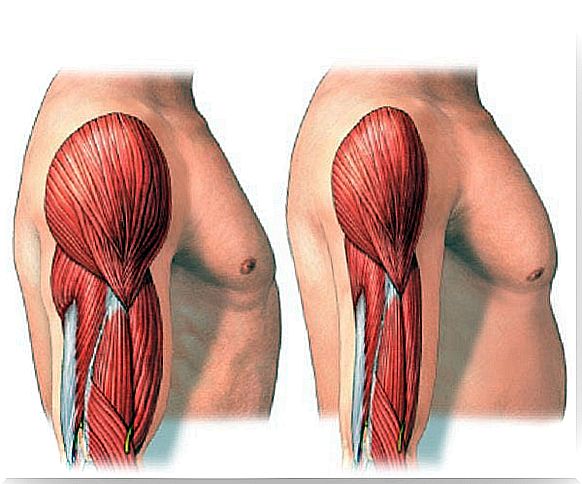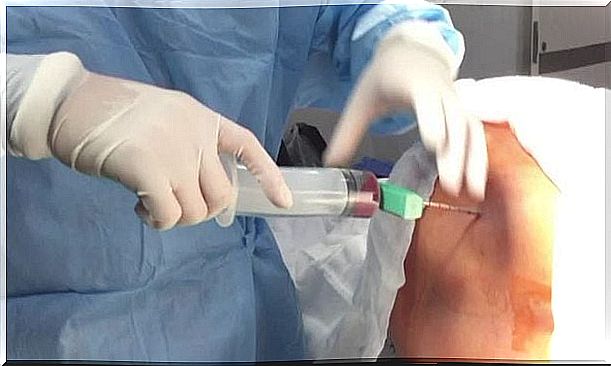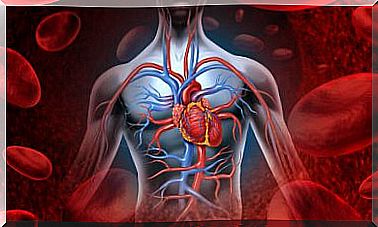The Scientist Who Cured A Rare Disease Out Of Curiosity
The curiosity to discover why the copy of a gene repeated the failure of the first led them to create a synthetic cell capable of producing the missing proteins

To find an answer, a question is necessary. When a question is asked, there are two kinds of people: seekers and non-seekers. The great achievements in history have come hand in hand with the former, such as the discovery of Adrian Krainer who created a cure for a rare disease thanks to his curiosity.
Those people who do not wait for others to resolve their concerns and whose desire to know is more powerful than laziness or any other element, are the ones who change the world. They feel compelled to do so without remedy.
Civilization is full of these characters. The first individual who fired, who created the first writing system, the first calculator … or the scientist who cured a rare disease out of curiosity.
By asking himself an inner question, Adrian Krainer has found a cure for spinal muscular atrophy (SMA). Why does the copy of a fundamental gene in motor forces not guarantee a good function of neurons when the original is defective? he wondered.
Krainer cured a complex rare disease
Muscle atrophy can end a person’s life in less than two years. It is a neuronal alteration that begins with the loss of strength in the muscles that culminates in a process of suffocation. You literally don’t have the strength to breathe.
This alteration comes from a genetic mutation that causes said functional degeneration. To understand what happens in this case, the splicing technique has been vital , which consists of analyzing the genes to distinguish what gives us information from what does not.
After doing this, only the relevant information is studied, with the aim of finding out its behavior. Keep in mind that different cells with the same composition can cause different readings and therefore produce different proteins that give rise to different functions. You could say that there is a connection between RNA and SMA.
In the case of patients with SMA, it happens that the structure of the SMN1 gene consists of a defective structure. This mutation implies a pernicious neuronal behavior, whose effect is the one we explained before.
Taking this into account, the normal thing would have been to focus on the study of this gene. However, Krainer’s curiosity led him to SMN2, the copy of SMN1.
The question was why doesn’t this one make up for the failure of the first one? His team went to work and created a synthetic cell capable of producing efficient proteins. Finally, they got one that would work on animals.
The cure for muscle atrophy

The investigation began a decade ago. However, the US Food and Drug Administration (FDA) approved the use of the treatment on December 23, 2016.
In addition, a few weeks before an article was published explaining the success of Nusinersen, the drug in question. It is a substance that is injected into the cerebrospinal flow that covers the spinal cord. The treatment has two phases.
- In the first, the drug is applied three times a month. After these first 30 days, only one injection is needed after a few months.
- Nusinersen succeeds in modifying the information of the gene, so that the appropriate protein is obtained to ensure that motor functions occur properly. Therefore, it has the advantage that its effects are long-lasting.
In addition to curiosity and hard work, Krainer found a cure for a very aggressive rare disease, thanks to the entities that trusted him. As we know, in science, trust translates into funding.
It is fair to mention the Californian company Ionis Pharmaceuticals, Dr. Frank Rigo and the American company Biogen. Without their collaboration, the scientist’s concerns would have fallen on deaf ears or would have taken much longer to come to fruition.
Again, we discover how today’s heroes are in the labs today. They do not seek power or adventure for its own sake. No. They seek to defeat nature to improve our lives. Thus, every day they fight to save us the suffering of seeing a child or a being we love suffer. Much more commendable, don’t you think?









